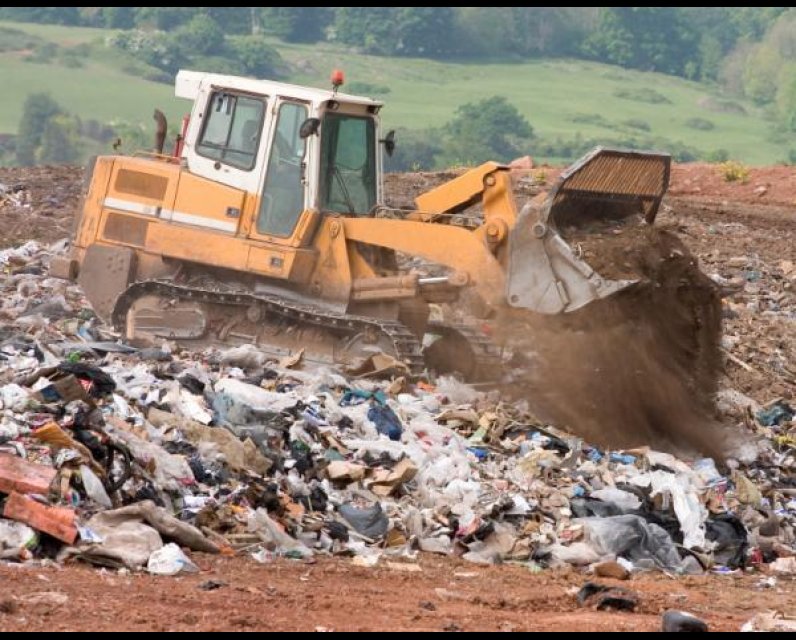Warning message
- Last import of users from Drupal Production environment ran more than 7 days ago. Import users by accessing /admin/config/live-importer/drupal-run
- Last import of nodes from Drupal Production environment ran more than 7 days ago. Import nodes by accessing /admin/config/live-importer/drupal-run
Unpublished Opinions
Lucie is a mother of three, grandmother of six, well known active member of the Carlsbad Springs community. Concerned for the welfare of her granchildren, she's a member of the Carlsbad Springs Optimist Club (friend of youth), director with Carlsbad Springs Community Association and vice-president of the Capital Region Citizens Coalition for the Protection of the Environment (CRCCPE) which is currently fighting a proposed landfill by Taggart Miller in Ottawa's east end.
The real facts about Taggart-Miller Proposed Landfill

CBC Radio aired an interview with Michelle Taggart May 20, 2016 in regards to the proposed Taggart-Miller landfill and yes I did say landfill and not recycling Plant. I also read an online article: http://www.cbc.ca/news/canada/ottawa/taggart-landfill-boundary-road-proj... produced by Kate Porter from CBC.
What triggered this letter is the fact that we are being told that they will recycle 80% when, in the final Environmental Assessment, it is clearly written that they will recycle up to 60%.
First and foremost let's get the facts right.
The CRRRC project, better known to east Ottawa residents as the proposed Taggart-Miller project, a 450 acre site with landfill and recycling at exit 96 of 417 East, Ottawa, is NOT a recycling plant. It is a landfill with a recycling component.
When the Final Environmental Assessment was submitted to the Ministry of the Environment and Climate Change (MOECC), concerned local community groups raised many issues with the project. Below is a summary of issues that remain unresolved in the CRRRC EA report:
1. Based on figures from the MOECC website (published January 23, 2014), the total approved annual waste disposal capacity (for municipal and IC&I combined) for eastern Ontario is 2.3 million tonnes/year, counting the Carp Rd (Ottawa) expansion, Navan Rd, Trail Rd, Springhill Rd. The total waste generated in Ottawa is 1.1 million tonnes/year. We also know that waste is already being imported into our Region to satisfy landfill operators’ business requirements. The MOECC’s figures prove there is more than sufficient local waste disposal capacity for the next several decades, without projecting for likely expansions of our existing waste facilities, which can reasonably be expected to be proposed during the next 30 years. Efforts to increase diversion rates would expect to further reduce the annual volume of disposal capacity needed in the Region. In summary, there is no NEED for another IC&I landfill (and no need to commit a greenfield site to a waste land)
2. The proposed project is not a recycling plant – it is a landfill with a small recycling component. The size of the proponent’s landfill (10.7 million cubic meters capacity) is large enough to dispose all the incoming waste at the CRRRC (13.5 million tonnes total) for 30 years with virtually no recycling.
3. The proposed recycling facilities mentioned for the project are not guaranteed: the organics plant is a 2-3 year pilot demonstration – there is no commitment beyond this; the materials sorting is conditional on "market conditions" ; the methane-to-energy plant is conditional on various potential government decisions which aren't in place; and the proponent counts on "source separated" organics, which may never arrive in sufficient quantity, since that also is conditional upon future government action.
4. The Leda clay at the CRRRC site is a weak, 100’ deep, unstable clay; it is not suitable as a pollution-proof liner (the proponent is not planning to line the bottom of the landfill); it is prone to liquefaction if placed under load (during construction, or during the phased loading of the landfill), and especially vulnerable to seismic shaking (given the soil is the most susceptible in the Ottawa area, this aspect needs to be more thoroughly addressed in the EA). As per Dr. Torrance (another expert retained by DumpthisDump2), the Environmental Assessment minimizes the major constraints posed by the soil conditions and supports experimental design concepts as workarounds for significant geotechnical issues.
5. Surface and Groundwater Contamination is of particular concern for the local residents and farms on wells. Dr. Howard, a world renowned expert, also notes that the substantive issues that were previously raised have not been addressed; that the level of geological investigation is still insufficient for the size of the site and the potential environmental damage that may be caused during operation of the facility. He mentions that he has no confidence that the site can be operated in the safe manner predicted.
6. Air Quality and Human Health Impact Assessment - As per Arcadis/SENES (experts hired DumpthisDump2 group), the air quality assessment does not include all potential sources of pollutants and is inadequate for an EA level assessment; the proponent’s assertion, without further studies, that air quality beyond the site perimeter will not be compromised is not a reasonable response to the concerns raised. They also note that the proponent should undertake a Human Health Risk Assessment particularly considering the massive scale, longevity, and concentrated contaminants associated with this project. By not undertaking a human health risk assessment, the proponent has not shown that their EA assessment is protective of human health.
7. Leachate Management Plan - Leachate management is also an outstanding question. Taggart-Miller’s only approach is on-site pre-treatment coupled with trucking of the treated leachate to the City of Ottawa ROPEC wastewater treatment facility. The proponent is aware that ROPEC will not be able to handle the volume of leachate trucks expected from the CRRRC and that an alternate disposal method will be required within 6-7 years of commencing operations, depending on the waste received and the environmental conditions including weather. The required alternative leachate management plans must be identified and the impacts thoroughly described and modeled (which is the purpose of the EA), since it is clear the “preferred plan” is not adequate. This has major consequences for the design and function of the proposed landfill.
8. Traffic will become a HUGE issue in the area (projecting 86 trucks entering/exiting the facility at peak hours (not counting the leachate haulers). Negative impacts on nearby roads are to be expected, and the associated (maintenance) costs to the City should be calculated. Since this proposed facility will not be replacing any existing waste facility, all trucks associated with the CRRRC should be considered additional to existing traffic.
9. Culverts conveying water from the proposed CRRRC site have been rebuilt several times in the past decade. The regional terrain is flat, limiting the ability of water to move even through the best maintained ditch system. Development of the CRRRC site will reduce the drainage on the site from 4 channels to 1, increasing the amount of water entering Simpson Drain. Any increased costs to the municipality for improvements to accommodate this flow have not been considered bu City of Ottawa.
10. The costs of emergency response to fires at the CRRRC landfill should be considered in the staff report. Fires are a known risk for all landfills. The site is not serviced by hydrants.
11. The proposed CRRRC site presently features 400+ acres of forest, which is a “carbon sink” (proponent is planning a total destruction of the natural environment on the site). The large number of trees converts carbon into tonnes of wood every year, sucking it out of Ottawa’s atmosphere. In contrast, the CRRRC facility would release Green House Gases from: flare-burning methane, composting outdoors, idling trucks, unsorted waste decomposing in the landfill, and volatile emissions from out-door piles of petroleum contaminated soils. All these impacts are not counted in the EA report. The City of Ottawa should require the EA to include a comparison of the GHG “footprint” of the CRRRC project compared to the baseline condition of that site as it sits. The GHG numbers in the Review (which compare GHG emissions if landfilling all the waste versus diverting some of the waste) are not informative since the CRRRC would not replace or improve any existing landfill in Ottawa, but would simply add to the Region’s emissions.
12. The CRRRC plans to heat on-site buildings with fuel oil (page 7 of the Ministerial review). Other proposed site components, including boilers, are using unspecified fuels. The Green House Gas (GHG) impacts of these activities are not provided in the EA report and the Ministerial Review neglects to cover these omissions.
There remain profound differences of opinion between the various technical experts involved in this portfolio. Given the risks of adverse effects and negative impacts to the environment, our communities have formally requested that this EA application be referred entirely to the Environmental Review Tribunal for a full public hearing and decision.
Now all this to say that Michelle Taggart can go "live" on CBC radio and say what she wishes to say but the DumpthisDump2 group has done its homework. Taggart can dress the beast any which way they want, but bottom line, it still remains a DUMP!



Comments
Be the first to comment